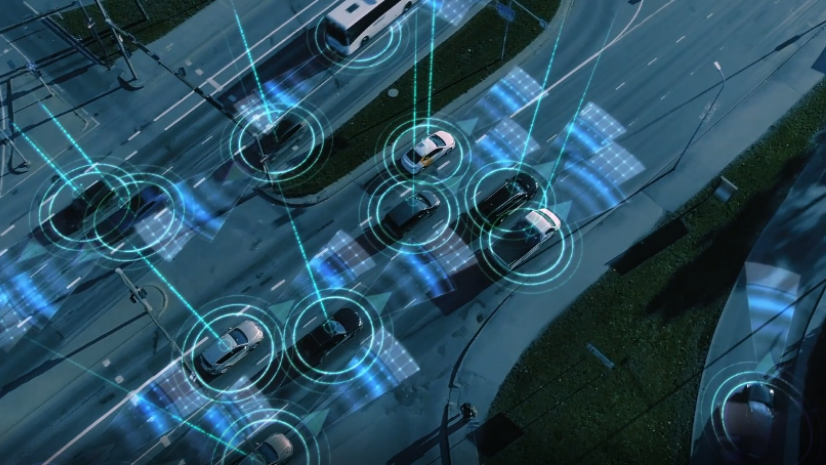The current pandemic has disrupted a number of our current political stalemates, and the future will likely see a greater emphasis on science and effective government action to respond to global challenges. And climate change remains the largest challenge on the horizon, potentially dwarfing the current pandemic in terms of disruption.
Reducing greenhouse gases to mitigate the impacts of climate change will take significant investments and migrating our transportation systems from carbon-based fuels to electric and fuel cell technologies should be at the top of the to-do list. With successful policies and investments, the US could return to a position of leadership and help provide these future technologies to the rest of the world. This would require bold vision and dynamic leadership to let us overcome our current political divisions, but it could provide the economic engine of the next century and reestablish the United States’ frontline role in technology and climate response.
The burning of fossil fuels is responsible for 75 percent of CO2 emissions, and in the US, transportation is responsible for 28 percent of those total emissions—more than the 27 percent generated by electricity production. Because the effectiveness of electrification of vehicles and trucks depends on the carbon content of the electricity that will be used, there will need to be a concurrent effort of decarbonizing the content of the electric grid.
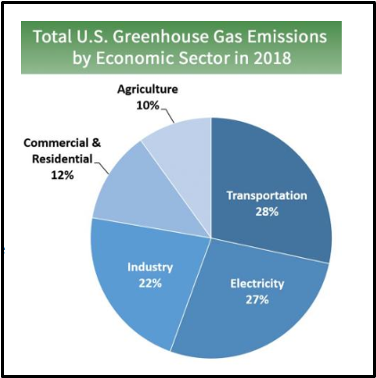
Reducing the carbon content of the electric grid depends in the short run on phasing out the use of coal and substituting it and natural gas for wind, solar, and other renewable forms of energy. The use of coal in US electricity generation has been falling rapidly, from 39 percent in 2014 to just over 23 percent in 2019, largely driven by price. It is estimated that 36 gigawatts (GW) of coal-generated power capacity will be shut down by 2024, and by 2025, estimates are that almost every existing coal plant in the US will cost more to operate than would a replacement wind or solar power facility built within 35 miles of it (https://bit.ly/2SHB3eL).
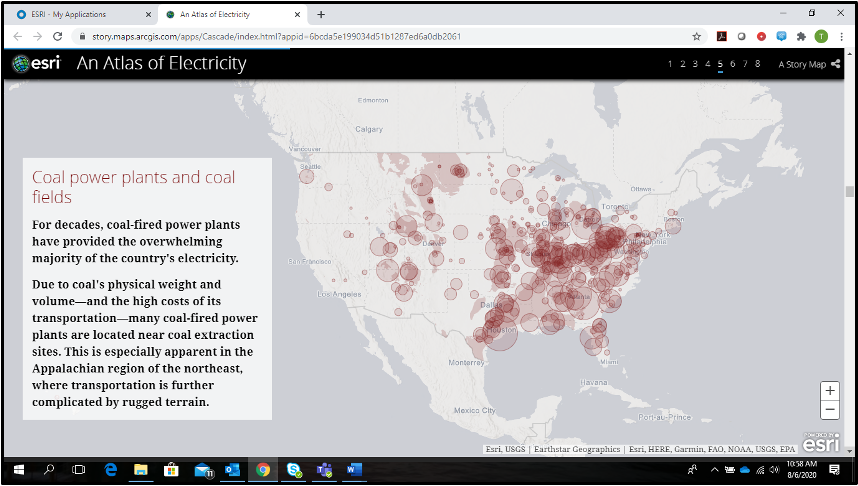
With the proper incentives for expanded wind and solar power production (and the resultant transmission facilities), and with revised depreciation schedules, coal-generated power could be retired at a faster pace and thus bring down the cost of electricity and save rate payers and industry over the long term (https://bit.ly/3cfpEL0).
In turn, much of the expanded wind and solar power production will be located in rural areas and in fact could be targeted to existing coal and fossil fuel extraction areas, providing a smoother pathway for existing labor transference.
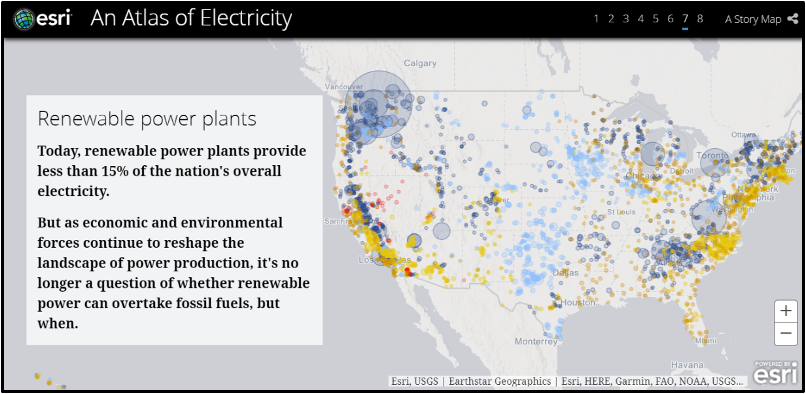
To make this transition work, retraining efforts will be required to effectively migrate coal and fossil fuel workers to the clean technologies. According to Brookings Institution, clean-energy jobs pay higher-than-average wages; a clean-energy job could equal an 8–19 percent increase in income for existing coal and fossil fuel workers, and most jobs are widely available to workers without college degrees.
Decarbonizing Transportation
On-road vehicles—motorcycles, cars, and trucks—are responsible for 75 percent of the emissions in transportation, and they should be the focus of efforts in reducing the level of emissions from that sector. There is wide consensus around the three components of achieving decarbonized transportation: greater fuel efficiency; the switch to lower-carbon fuels; and, most importantly, electrification.

In the first instance, the tightened fuel-efficiency standards for cars and light-duty trucks (59 percent of transportation emissions) were responsible for a 9.7 percent drop in emissions between 2005 and 2015. Unfortunately, that trend has recently reversed, driven by both increases in vehicle miles traveled (VMT) and the growing market share of less-fuel-efficient SUVs and light-duty trucks, expanding from a 20 percent market share in 1982 to 45 percent in 2016. In addition, in the midsize and heavy-duty truck sector (responsible for 23 percent of transportation emissions), VMT increased 95 percent between 1990 and 2015, and there was a 78 percent increase in emissions from this sector.
Car manufacturer level fuel efficiency (CAFE) standards have historically been used as a way to drive technology change, with the ultimate goal of having zero-emission vehicles. California adopted the first zero-emission vehicle (ZEV) program, which requires an increasing percentage of manufacturers’ sales to consist of zero-emission vehicles. In turn, nine states adopted the same program standards, and another four states and the District of Columbia have adopted California’s low-emission vehicle (LEV) standards. These ZEV and LEV standards have recently been revoked by the Trump administration while it lowered the 2020–2026 overall vehicle fuel-efficiency standards. While these actions are working their way through the courts, it is clear that significantly higher fuel-efficiency standards will be required to force the shift to zero-emission vehicles.
And it is the transition to electric vehicles that will hold the greatest impact on emissions, as long as the electric grid is similarly transitioned to clean-fuel generation. Without leadership at the national level, a number of regional initiatives have focused on the pathways to a decarbonized transportation sector. The State of Minnesota has released the Pathways to Decarbonizing Transportation project, while the Great Plains Institute, working with energy providers in the region, has issued a report, A Road Map to Decarbonization in the Midcontinent, designed to move the region to greater compliance with the Paris Agreement.
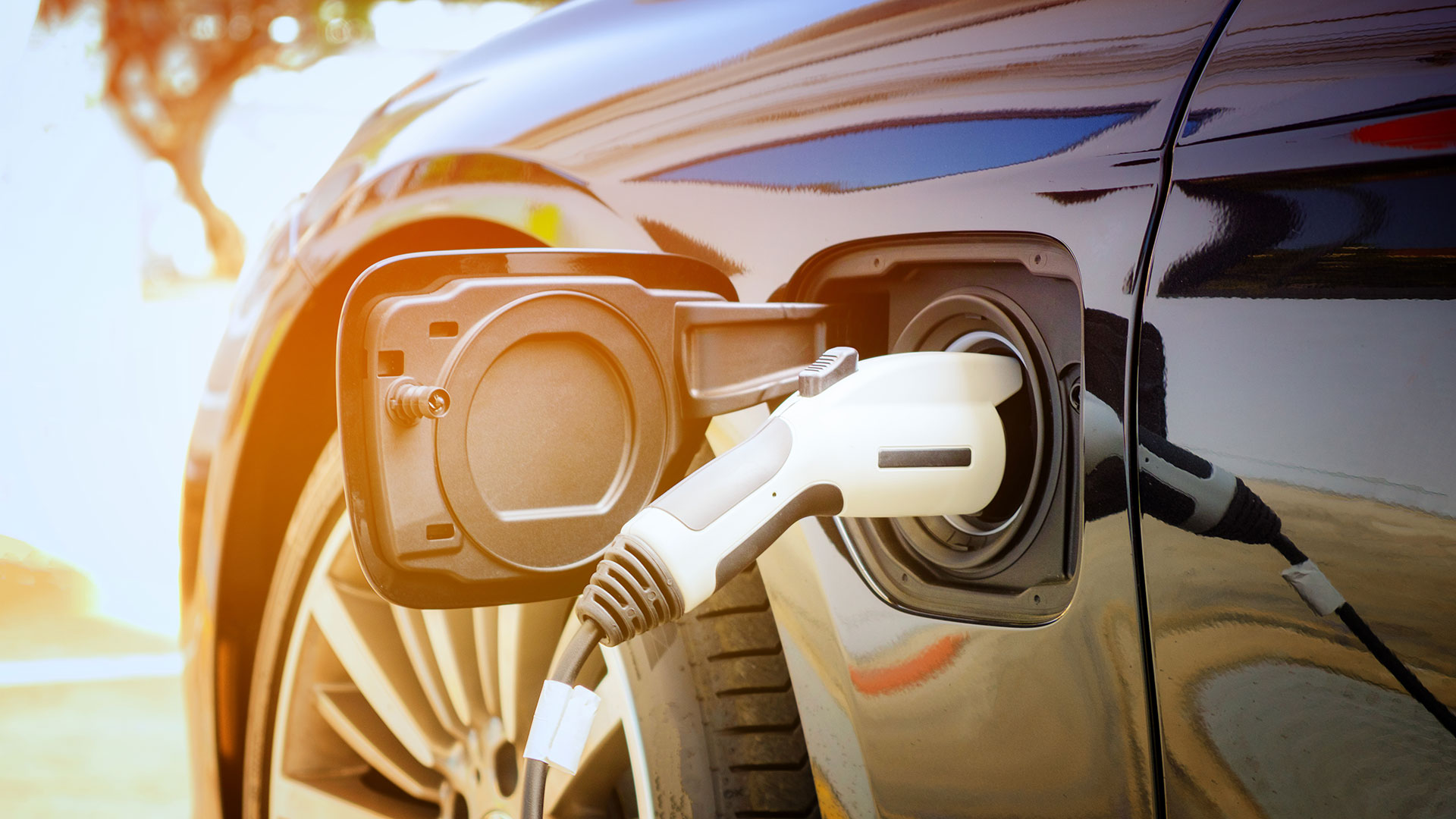
A similar analysis was conducted for a 12-state area of the northeastern and mid-Atlantic region by M.J. Bradley & Associates, with funding from the Union of Concerned Scientists. The consultancy found that by focusing on the three broad strategies outlined above, the area could reduce greenhouse gases by 60–80 percent by 2050 and would deliver to local residents a net savings of greater than $150 billion, with a return on investment of seven to one (https://bit.ly/35MEeY3).
A final benefit of the mass adoption of electric and zero-emission vehicles is the feedback to the electric-power generation sector. As the Great Plains Institute found, large-scale electric vehicle (EV) adoption could—through managed charging—help utility providers better manage their load across the hours of the day. As the institute states, “When properly managed, EV charging will result in better utilization of existing resources, especially variable resources such as wind and solar, and better utilization of resources can lead to lower electric rates”.
Each analysis found that it will take significant public investment, incentives, and high fuel-efficiency standards to force the technology improvements and adoption in a manner that is fair and equitable to all individuals. But such federal policies focused on vehicle efficiencies and electrification can also create opportunities for growth in the US economy and help put an end to the fallacy of a trade-off between the economy and the environment—a fallacy that has dominated for so long.
The transition to zero-emission vehicles will not happen overnight. But with a combination of federal standards and incentives, manufacturing capacity, infrastructure transition, and changes in consumer behavior can come about in a time frame that’s consistent with the Paris Agreement.


